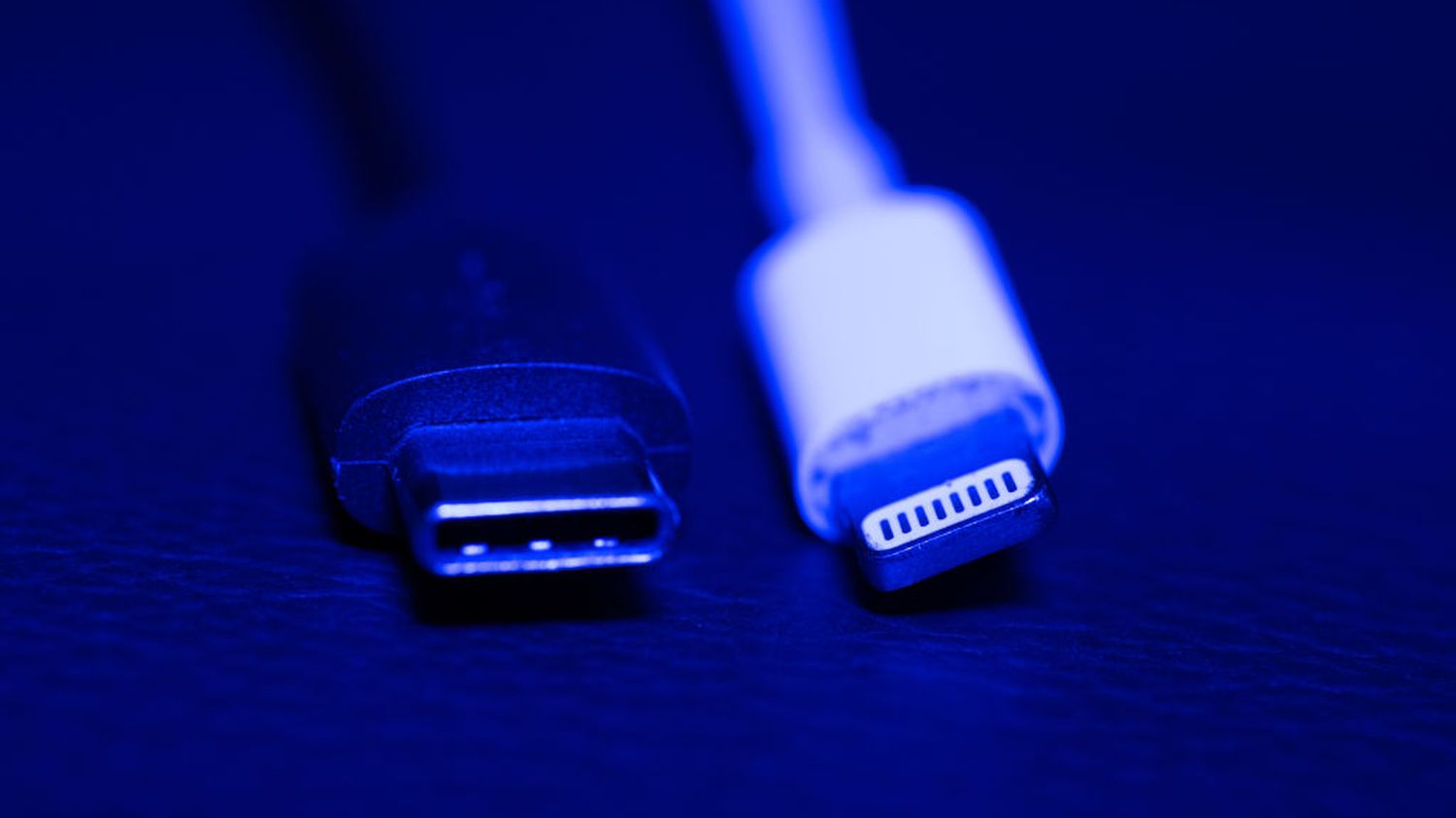Apple is the latest smartphone manufacturer to switch to USB-C with the iPhone 15 range, presented this week. Europe requires the charger and the single connector, for greater ease of use. In reality, USB-C is much more complicated.
Appearances are deceiving: with USB-C, all cables look the same. But are you sure you’re using the USB-C cable that gets the most out of your device? The quality and characteristics of this cable will determine the charging speed of your phone, but also the speed of data transfer, photos and videos, to your laptop or an external hard drive. Speeds which can be multiplied by 20, or even by 80, in certain very specific cases, depending on the telephone models and the cables used.
One connector, multiple flow rates
There is another “USB”: the acronym accompanied by a number, used to characterize the quantity of data that can pass through the cable, each second. A speed which depends on the version of the USB standard: 1, 2, 3 or 4. Let’s take the example of the cheapest iPhone 15: by plugging in the USB-C cable provided in the box, your files will flow exactly at the same speed as with previous iPhones, with Lighting connector, the famous proprietary connector, which Europe wanted to see disappear. Apple, in fact, has voluntarily limited the speed to less than half a gigabit per second, which corresponds to the USB 2 standard. Not really an arrow.
Now let’s take the iPhone 15 Pro. Same USB-C connector, but 20 times higher speed corresponding to USB-3. We therefore go from half a gigabit to 10 gigabits per second: USB 3 which we find on other smartphones such as the Galaxy S23 from Samsung. And on Google’s Pixel 7, it’s even an improved version of USB 3, even twice as fast.
iPhone 15 Pro: the supplied USB-C cable divides the speed by 20
In the case of the Phone 15 Pro, there is a condition to benefit from this accelerated speed. Indeed, with this high-end model, equipped with USB 3 speeds – as we have just seen – Apple provides the same USB-C cable as with the iPhone 15, limited to USB 2. A little steep for a smartphone sold for 1,229 euros (starting price).
If you are a photographer or videographer, you are therefore strongly encouraged to spend 79 euros more for this specific cable. In all other cases, transferring via WiFi will save you from tearing your hair out. Even for phone charging, wireless and induction – whether they’re called Magsafe or Qi 2 – are the best way to make your life easier. The single USB-C connector is nice, especially when you’re not using it.
